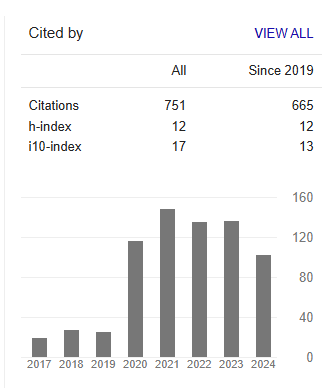A Clinico epidemiological Study of Malaria Patients Admitted in A Tertiary Care Hospital of Bangladesh
Abstract
Barua B, Barua M, Ali M, Chakma PJ, Kuryshi SA, Kabir M, Islam M, Faria L, Seraj Z
Malaria is a public health problem in 90 countries around the world affecting 300 million people and responsible for about 1 million deaths annually. Bangladesh is considered as one of the malaria endemic countries in Asia. Every year large number of people suffered for malaria. But there is little studies about clinico-epidemiology of malaria. Aim: To study the epidemiological and clinical aspects of malaria. Methods: This is a Prospective observational study that was conducted in all medicine unit of Chittagong Medical College Hospital, Chittagong, Bangladesh during August 2017 to June 2018. Total 55 patients were included in the study having malaria diagnosed by blood slide examination or rapid diagnostic test. Patients were enrolled in this study after getting written informed consent from the patient or attendant. Detail demographic and clinical data were recorded in structured case report form. Patients were regularly followed up and outcome recorded. Results: Results showed males (65.5%) of 25±15.109 years of age were the main sufferer. Majority (45%) came from low socio-economic condition (<5000 taka/month). 65.5% patients denied any history of recent travel to malarias’ area. 69.1% cases give history of using mosquito net, but only 25.5% have insecticide treated mosquito net. Majority (89.1%) were diagnosed as severe malaria and only few (10.9%) as uncomplicated malaria. Most of the diagnosis done at Chittagong Medical College Hospital, mainly presenting with coma or altered consciousness and convulsion. At field level diagnostic test done in 67.27% cases, of which RDT in 14.5%, BSE in 45.5% and both in 7.3% cases. 78.2% cases outcome were good with improvement and death occurred in 21.8% cases, mainly due to acute renal failure. Conclusion: Though we are making significant effort to control malaria, still we have to improve in controlling malaria based on both preventing the infection and on prompt effective treatment of the infection and illness when it does occur.



